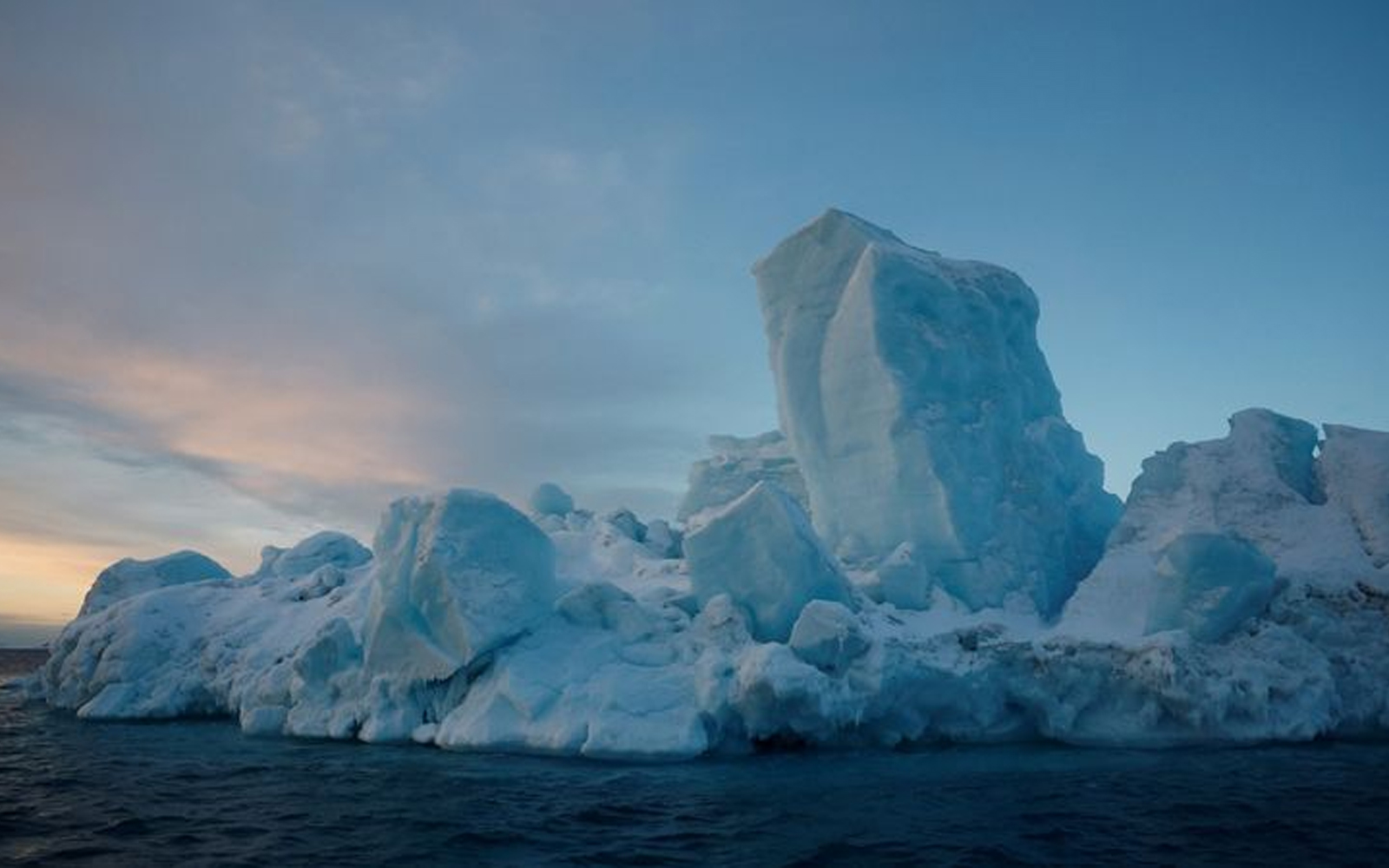
Scientists are closely monitoring the iceberg A23A, which melts, it can release the essential nutrients in the water around and support the ecosystem near South Georgia.
The world’s largest and oldest ignorant, A23A, a British foreign region in South Atlantic, is stuck on the continental shelf near South Georgia. The British Antarctic Survey (BAS) confirmed development in a press release on Tuesday, as reported by the DPA news agency.
Slowly decomposes the mass of ice
The BAS Research Team said, “Combined with hot water, waves and tidal forces, this huge ice mass will be the reason to separate the mass, which will eventually melt,” a BAS research team said.
Himshil, which was ahead on 17 January, was recorded near South Georgia on 1 March. Since it is now stable, there is no risk of blocking large snow -chunk or disrupting the reach of the fur seal and other island wildlife.
“If the iceberg lives on the ground, we do not expect any significant impact on the island organisms,” said Oceanographer Andrew Meirs. However, he admitted that the melting ice -released nutrients could increase the availability of food for the regional ecosystem, benefiting species such as penguins and seals. Scientists are actively monitoring the situation and planning to do further studies.
A potential source of nutrients
“We know that such large -scale icebergs can enrich the water that they pass, otherwise promote rich ecosystems in low -producing areas,” Biochemist Laura Taylor explained.
According to IMETEO.SK, A23A, to cover a trillion tonn and cover 3,900 square kilometers, broke in 1986 from the Filchener-Rona Ice Shelf in Antarctica. It lived 30 years ago on the Cephlor of the Vedel Sea for more than 30 years ago.


